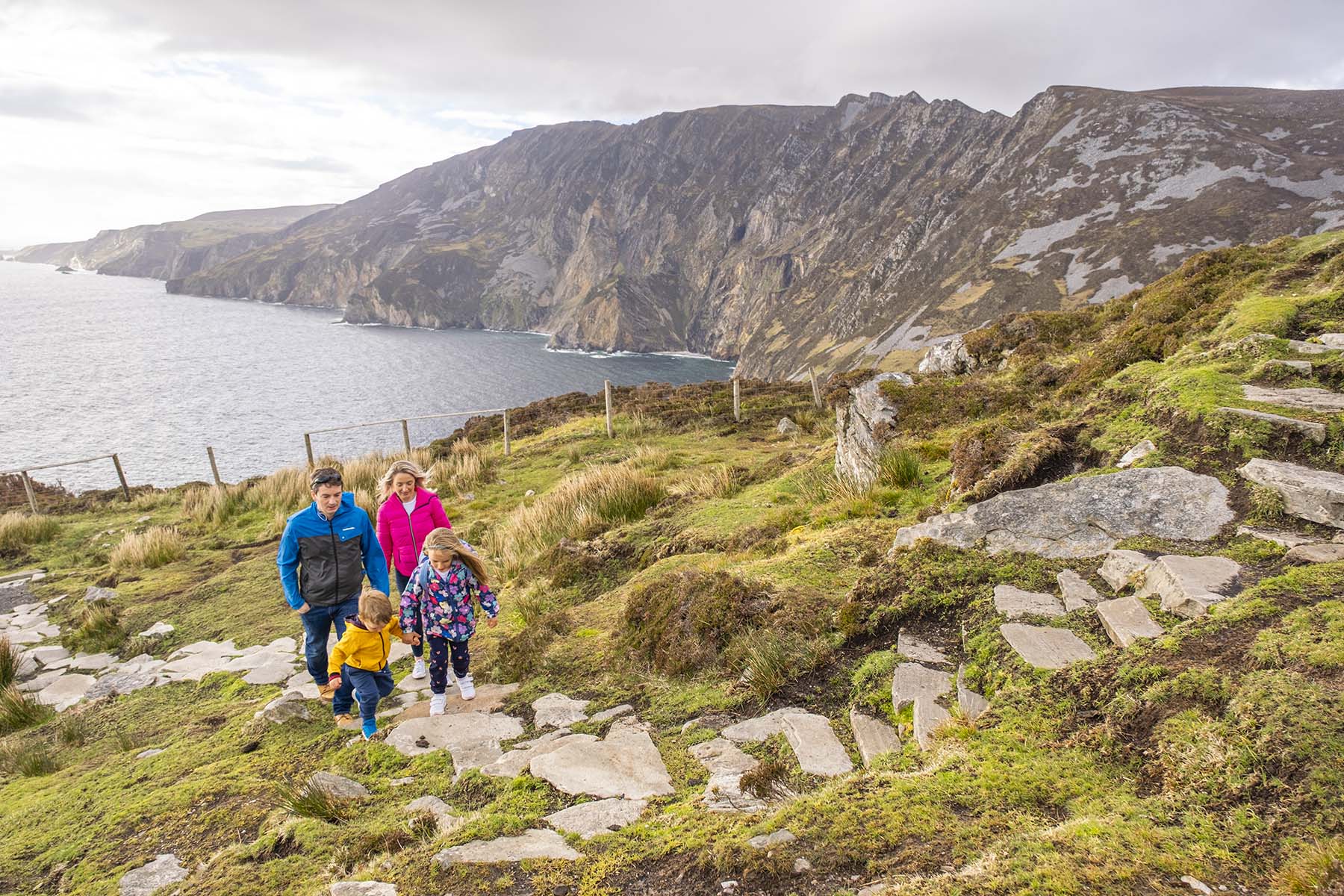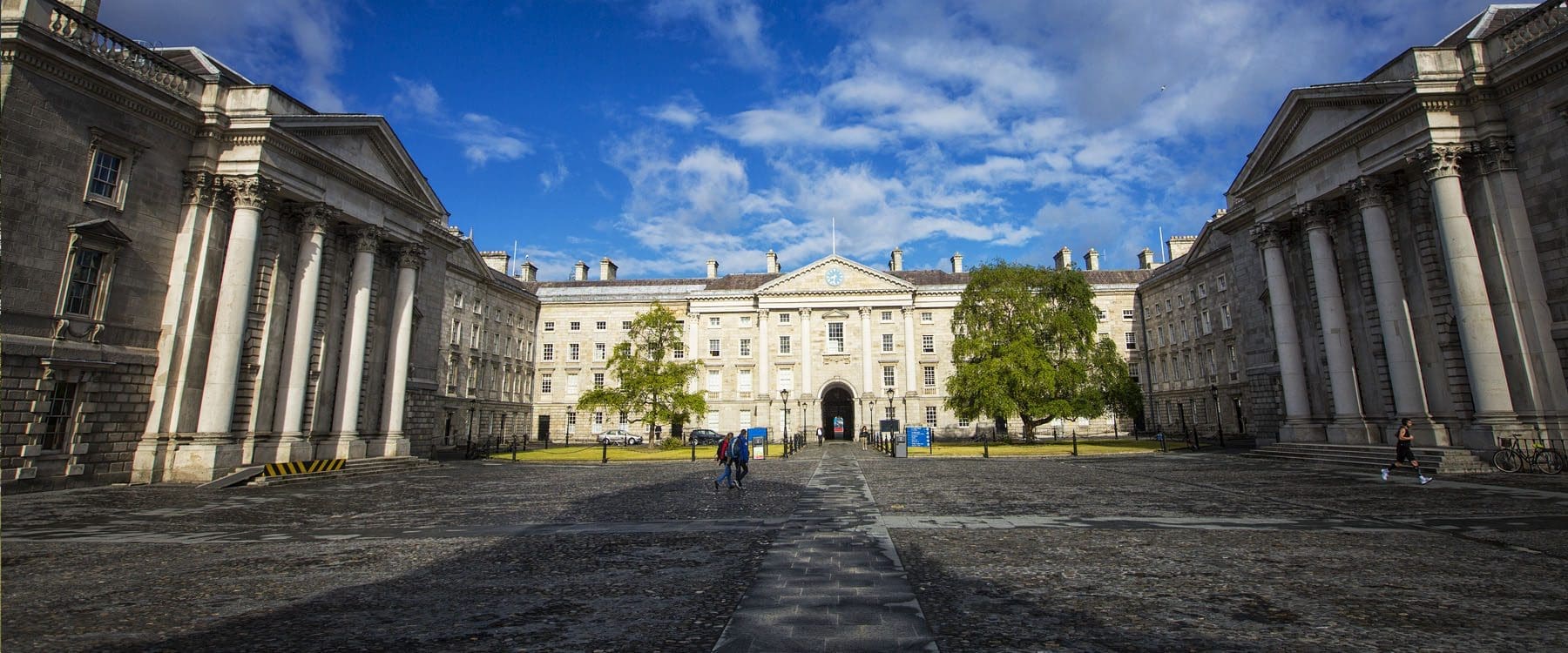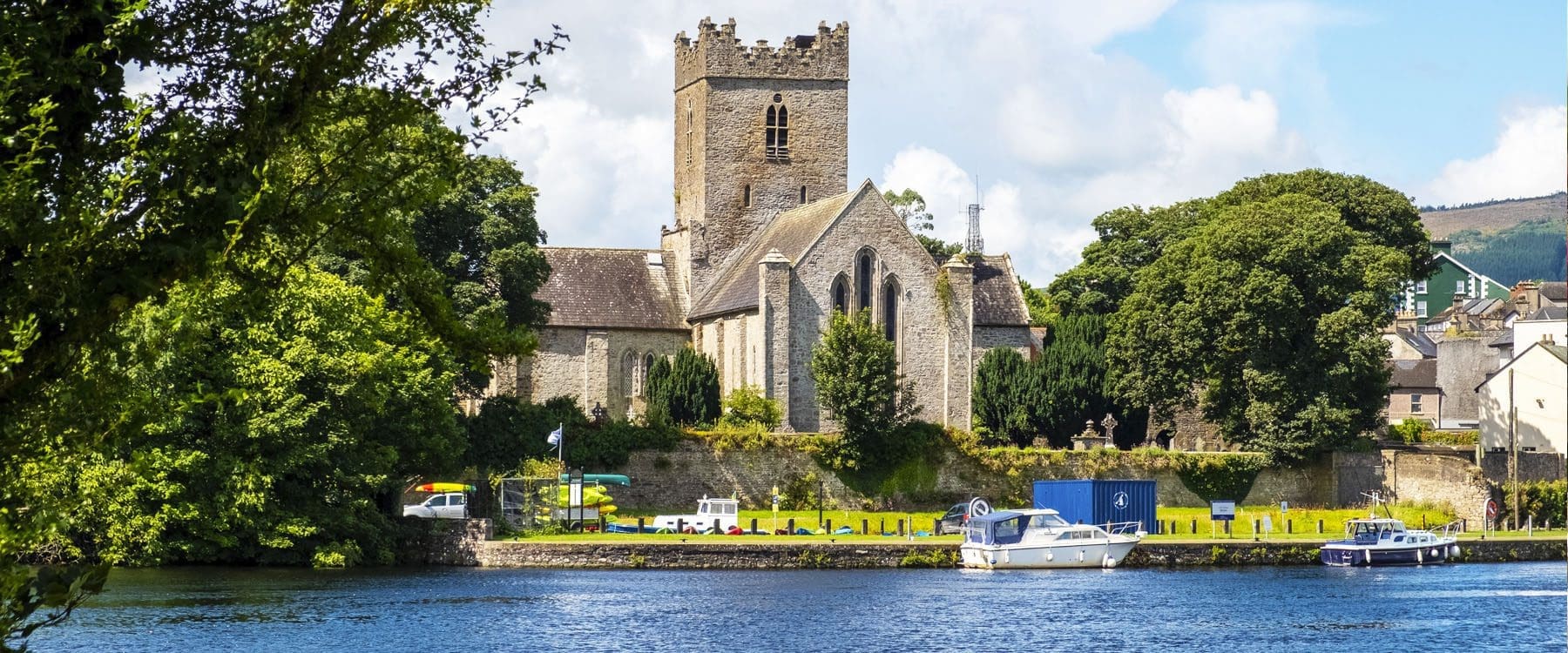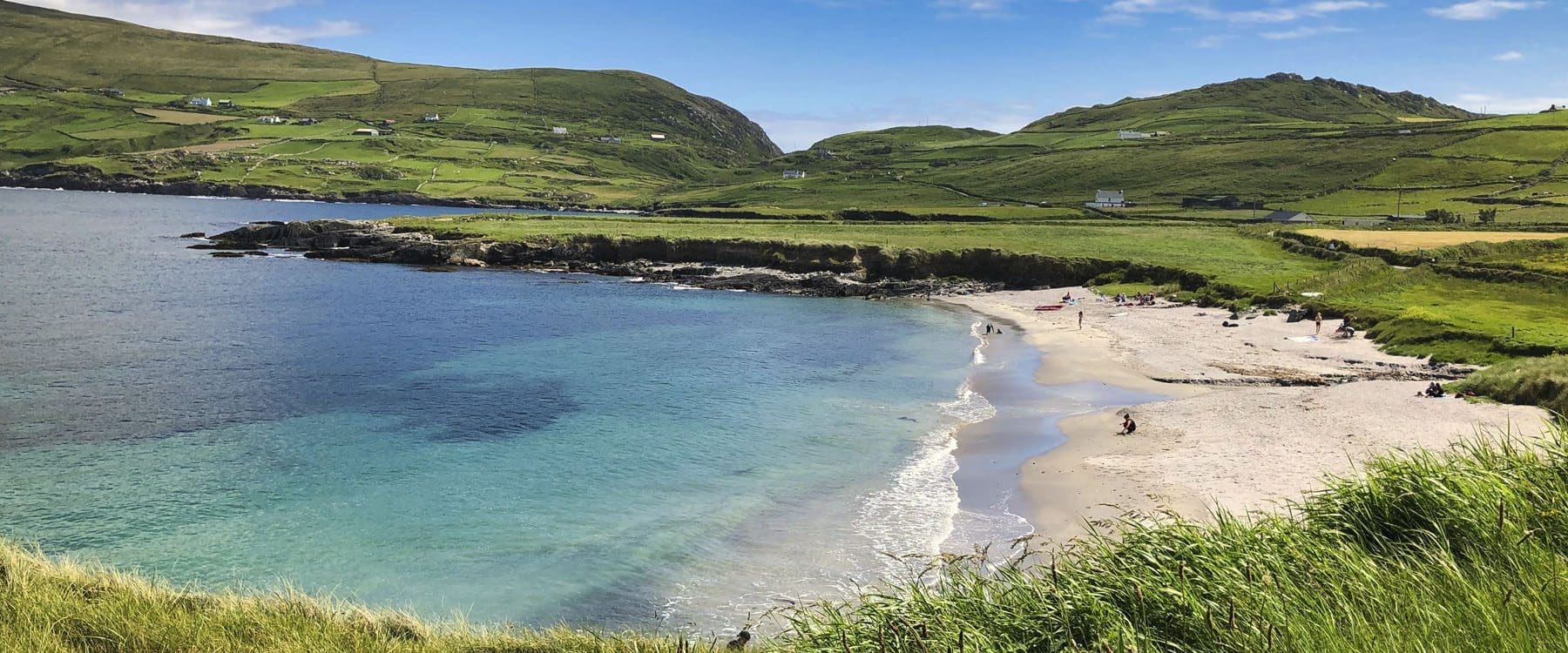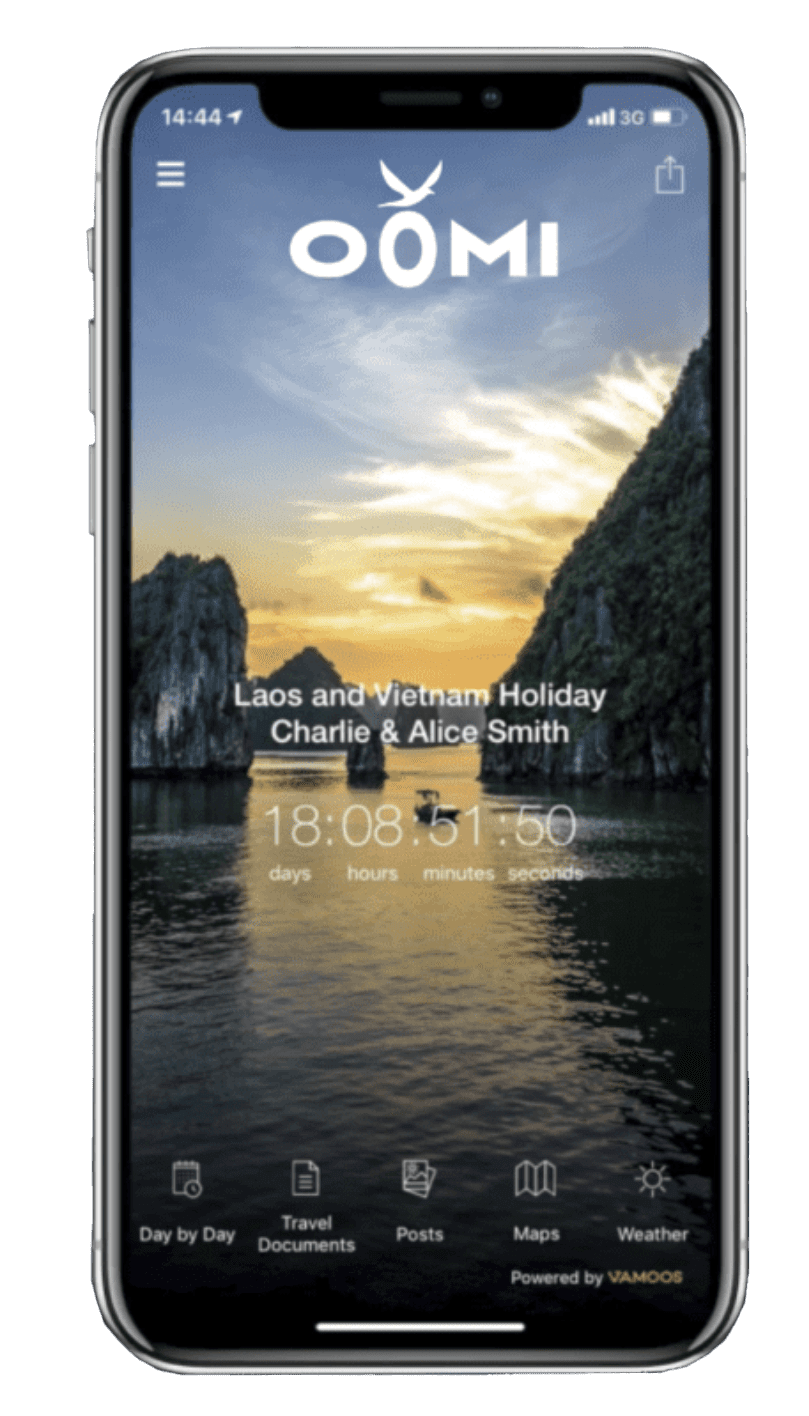Mystical Ireland
Cead míle fáilte
Welcome OOMI Ireland
Home to a mix of dynamic urban cities and peaceful rural villages rooted in ancient Celtic culture, Ireland is a unique island which packs a punch that contrasts its small size.
With rolling green fields speckled with sheep, stunning cliff views, sandy beaches and historic castles, there is a unique local magic to be explored here, and we are so proud to share our native Emerald Isle with you.
Discover Ireland
Ireland is as famous for its friendly locals as it is for being green. Nestle into place at a traditional pub or get chatting to locals while out and about, the Irish love to welcome guests into the Emerald Isle. Discover all of the beauty this compact island has to offer, from mountains to lakes, sprawling beaches to colourful little towns. There is always an amazing view to behold on a trip to Ireland.
In the east, find the bustling capital city of Dublin. It’s full of shops, restaurants, and historical attractions that demonstrate Irish culture and chart the development of the Irish Republic. Take James Joyce‘s lead with a walk around the city center. Admire the Ha’penny Bridge, which crosses the river Liffey. Shop in the Grafton Street shopping district before stopping at Trinity College to see the Book of Kells, an ornate 9th-century manuscript that is still in pristine condition. Admire ancient books and the Proclamation of Independence in the Old Library before taking in some local and European art in the National Gallery of Ireland, only a stone’s throw away. Tour magnificent cathedrals with a trip to St. Patrick’s or Christchurch, and take in a concert if they’re available. Make like the locals and take the train out to the seaside town of Howth for a cliff walk and Dublin’s best seafood, or head to Dun Laoghaire for food markets, sea swimming, and stunning local architecture.
Move south toward Waterford to discover the oldest city in Ireland, established by Viking settlers in the 9th century. The city is famous for Waterford Crystal, a company that has been producing extremely fine, world-renowned glass since the 1700s.
In Cork City, browse through The English Market, a historic 18th-century covered market, and chat with vendors about their local produce and crafts. Visit the Crawford Gallery to see an extensive collection of Greek and Roman busts, brought to Cork in 1818. Dine in any of Cork’s fine restaurants to experience fantastic local vegetables, beef, seafood, and dairy. In Blarney, tour Blarney Castle and Gardens. A medieval stronghold built around 1200, the castle is home to the Blarney stone, a block of limestone that local legend says will endow all those who kiss it with the gift of the gab. As chatting is a favorite pastime in Ireland, a visit to the castle shouldn’t be missed.
Venturing further west, Ireland’s scenic landscapes unfold, showcasing breathtaking beauty at every turn. The Ring of Kerry, a picturesque driving route in the southwestern corner of the island, traverses coastal cliffs, pristine beaches, and charming villages. In Galway, listen out for the native Irish language, Gaeilge, being spoken around the Gaeltacht areas, where it is often spoken as a first language. Join locals for traditional Irish music, dancing, and singing at an Irish music session. Witness the foot-stomping rhythms of a traditional ceili dance or sing along to favourite songs such as ‘Galway Girl’. Further up the Atlantic, the Cliffs of Moher are one of Ireland’s most iconic natural wonders. Rising to heights of up to 700 feet or 214 meters, these cliffs offer a glimpse into the raw, rugged nature of the west, while as a designated UNESCO Global Geopark, the cliffs also offer a haven to wildlife, such as puffins.
In Northern Ireland, find another UNESCO world heritage site in the Giants Causeway, an otherworldly landscape of hexagonal basalt columns formed by volcanic activity and intrinsically linked to fascinating Celtic legends.
Irish hospitality is renowned worldwide, and the warmth of the locals will make you feel right at home. Indulge in traditional Irish fare, such as soda bread, creamy fish chowder, or a piping hot Irish stew. Don’t forget to try a perfectly pulled pint of Guinness or sample whisky from the many distilleries dotted across the island.
Whether you’re exploring the vibrant cities, marveling at breathtaking landscapes, delving into history, or simply hanging out with the locals, Ireland is an enchanting little island with a rich tradition of literature, music, hospitality, and connection to nature.
